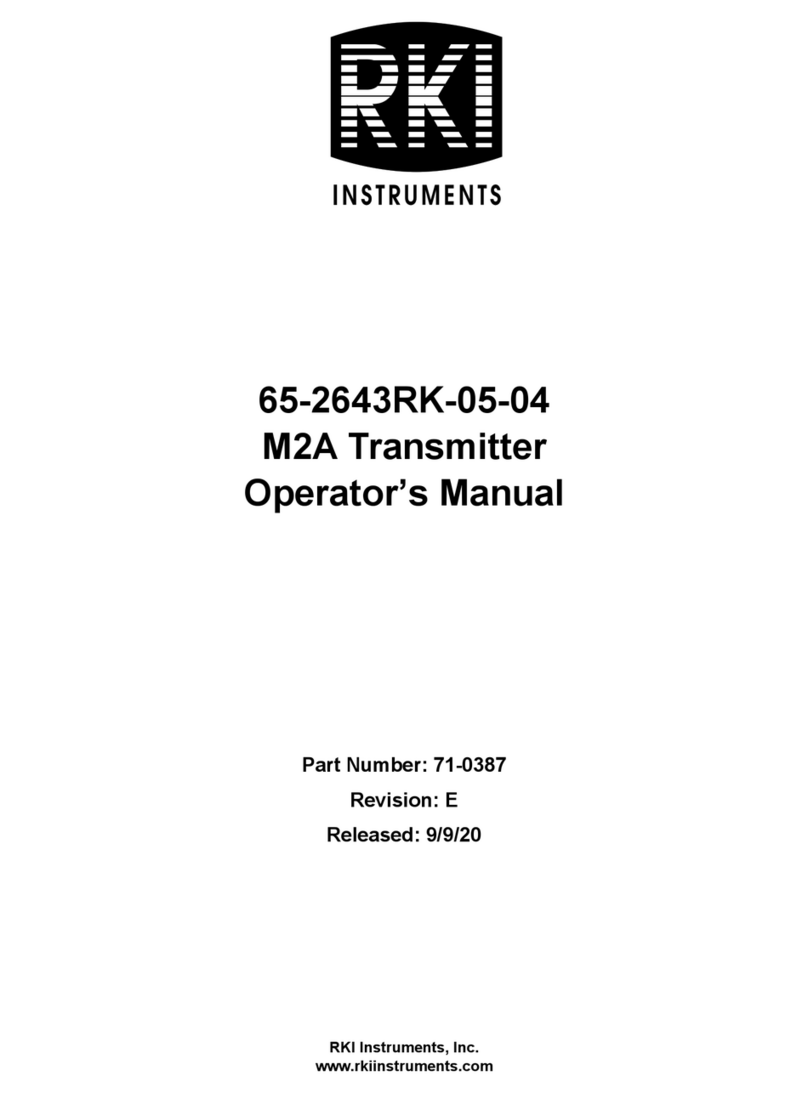
3.3 Verwenden des Empfänger / Receiver Modus (RX)
Schieben Sie den Modus-Schalter 9 auf RX. Drücken Sie dann die Bluetooth-Taste doppelt, um in den Kopplungs-
modus zu gelangen. Die LED RX blinkt dann gleichmäßig und schnell. Schalten Sie Ihr Bluetooth-Gerät (Mobiltelefon,
Notebook, PC usw.) in den Kopplungsmodus. Bei Android-Smartphones finden Sie die Funktion unter den Bluetooth-
Einstellungen „Neues Gerät koppeln“. Wählen Sie auf Ihrem iOS-Gerät „Einstellungen“ > „Bluetooth“, und aktivieren
Sie Bluetooth. Nachdem der FeinTech-ABT00102 gefunden wurde, tippen Sie zum Koppeln auf den Gerätenamen. Die
LEDS RX und A leuchten konstant. Wenn Ihr Audiogerät mehr als den Standard-Codec unterstützt, leuchtet zusätzlich
eine der LEDs 8 (LL, HD, aptX). Anschließend verbinden Sie Ihr Audiogerät (HiFi-Verstärker, Autoradio, o.ä.) über den
analogen 3,5 mm Anschluss RX AUX oder digital via Toslink OPTICAL. Wählen Sie dann den gewünschten Ausgang AUX
oder OPTICAL mit der Taste 2.
Falls ein Passwort abgefragt wird, geben Sie „0000“, „1234“, „8888“ oder „1111“ ein.
3.4 Multipoint mit 2 Telefonen
Führen Sie die Kopplung des ersten Gerätes zunächst wie zuvor in 3.3 beschrieben durch. Drücken Sie anschließend
die Bluetooth-Taste doppelt. Die LED RX blinkt wieder schnell und zeigt den Pairing-Modus an. Aktivieren Sie nun
Bluetooth an einem zweiten Smartphone und suchen Sie nach neuen Geräten. Sobald der FeinTech-ABT00102 erkannt
wurde, tippen Sie auf diesen Namen. Es sind nun 2 Quellen gekoppelt und die LEDs RX, A und B leuchten konstant.
Hinweis: Es ist nur die Musikwiedergabe von einem Gerät zur Zeit möglich. Erst wenn das Abspielen des einen Geräts
pausiert, wird Musik vom zweiten wiedergegeben.
4. Bypass
Schalten Sie den Schiebeschalter auf die mittlere Stellung Bypass zur Direktverbindung zwischen Eingängen und Aus-
gängen. Wählen Sie den gewünschten Eingang und Ausgang AUX oder OPTICAL durch Drücken der Taste 2:
Wenn die AUX-LED dauerhaft leuchtet, erfolgt die Übertragung von AUX-Input zu AUX-Output.
Wenn die OPT-LED dauerhaft leuchtet, erfolgt die Übertragung von OPTICAL-Input zu OPTICAL-Output.
Wenn die AUX-LED einmal blinkt und dann AUX und OPT leuchten, erfolgt die Übertragung und Konvertierung von
AUX-Input analog zu OPTICAL-Output digital.
Wenn die OPT-LED einmal blinkt und dann AUX und OPT leuchten, erfolgt die Übertragung und Konvertierung von
OPTICAL-Input digital zu AUX-Output analog.
Im Bypass-Modus können also digitale Audiosignale in analoge umgewandelt werden, oder umgekehrt. Falls Ihr
Fernseher beispielsweise nur einen optischen digitalen Audioausgang hat, können Sie mit dem ABT00102 den Ton
konvertieren und über eine übliche Stereo-Anlage ausgeben. Bitte beachten Sie, dass nur PCM stereo unterstützt wird.
Jeder Fernseher bietet dazu Einstellungen im Menü an.



























